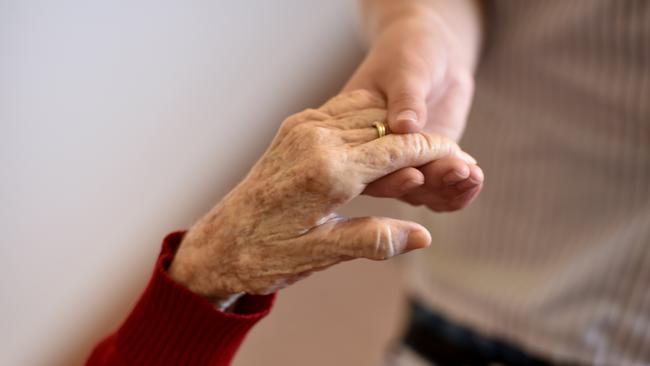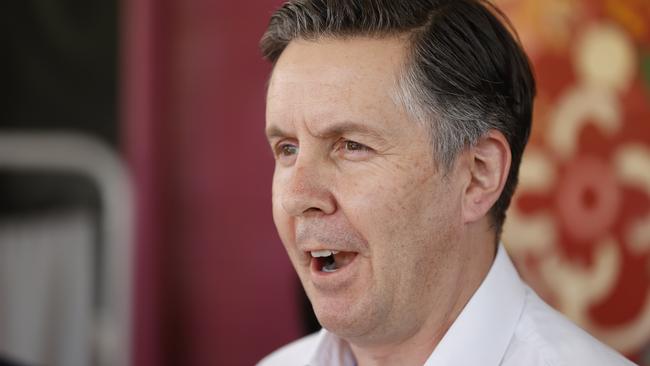Aged care sector needs 35,000 more workers a year
A new analysis of aged care workforce shortages paints a bleak picture for the future of the sector.

The aged-care workforce crisis is twice as bad as believed, with the industry now facing an annual shortage of up to 35,000 workers as carers flee the sector, a new study warns.
Less than a year after the Committee for Economic Development of Australia projected a labour shortage in aged care of 17,000 workers a year to meet basic standards of care, it has now doubled its estimate.
CEDA also warns the new Albanese government that simply increasing pay rates for carers in the sector will not deliver the workforce required to adequately look after the 1.3 million older Australians.
“Due to a combination of challenging circumstances and a lack of action, we are now expecting an annual shortfall of 30,000 to 35,000 direct-care workers,” the report says.
“Minuscule levels of migration and increased levels of attrition in the sector, estimated to be around 65,000 workers a year, have exacerbated existing shortages.”
The report predicts as many as one in five workers will leave in the next 12 months.
It says the Albanese government’s commitment to solve the aged-care crisis, including higher pay and delivering more care hours per residential aged-care resident and 24/7 onsite nurses, will increase pressure on the sector to find a workforce.
“The new government’s commitment to support and fund a pay rise for aged-care workers as part of the Fair Work Commission’s work value case is a step in the right direction, but pay alone will not be enough to solve the workforce challenge,” it says.
Covid-19 has seen a massive disruption to the aged-care sector. More than 2700 nursing home residents have died from Covid so far out of a total 54,000 cases. More than 42,000 staff have also contracted the virus. More than 650 residential aged-care facilities are currently dealing with an outbreak.
But aged care was under the spotlight before Covid, with a royal commission hearing shocking evidence of neglect and staff shortages in both residential and in-home care.
“For a workforce that was already burnt out prior to Covid-19, this has been the breaking point for many. During a time where unemployment is low, many have chosen to leave the sector,” the report states.
Aged care, a federal government responsibility, is already a significant item in the federal budget, costing $22bn a year. It employs more than 360,000 Australians. But carers are leaving because they can earn significantly more money in other areas of the care economy, including disability care and in the health sector.
Health Minister Mark Butler has said the government would introduce laws next month to reform aged care, including 24/7 nursing in residential aged care from July next year.

This will require an additional 14,000 nurses, and Mr Butler said while he hoped some places could be filled by those who left the sector, finding carers from overseas would also be part of the mix.
The CEDA paper proposes personal care workers be added to the temporary or permanent skilled migration lists, or a new “essential skills visa” be created to attract workers. It says finding the additional 35,000 workers a year to fill the shortfall would only bring care in Australia up to the basic standard.
A further 8000 additional workers would be required to bring aged care in Australia up to international best practice.




To join the conversation, please log in. Don't have an account? Register
Join the conversation, you are commenting as Logout